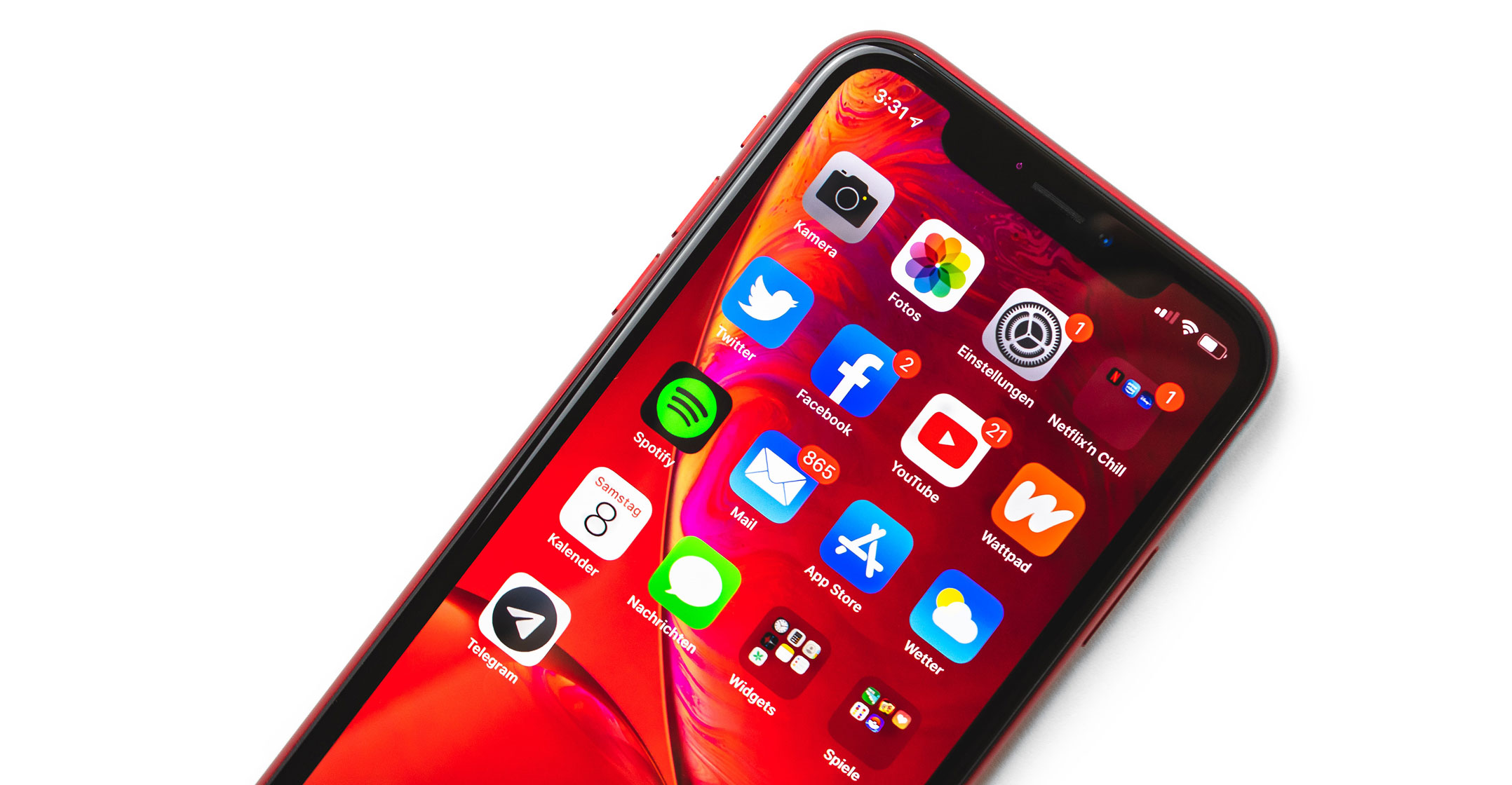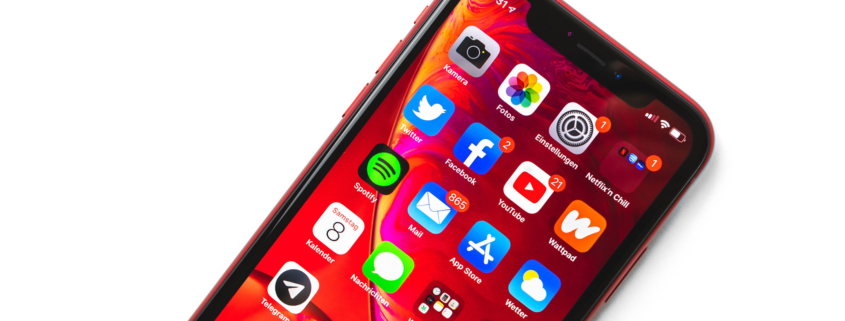Update your iPhone and Mac now: Serious security flaw uncovered
 A cybersurveillance company in Israel developed a tool to break into Apple iPhones with a never-before-seen technique that has been in use since at least February, Internet security watchdog group Citizen Lab said.
A cybersurveillance company in Israel developed a tool to break into Apple iPhones with a never-before-seen technique that has been in use since at least February, Internet security watchdog group Citizen Lab said.
The discovery is important because of the critical nature of the vulnerability, which requires no user interaction and affects all versions of Apple’s iOS, macOS and watchOS, except for those updated on Monday.
The tool developed by the Israeli firm, named NSO Group, defeats security systems designed by Apple in recent years. Apple said it fixed the vulnerability in Monday’s software update, confirming Citizen Lab’s finding.
“After identifying the vulnerability used by this exploit for iMessage, Apple rapidly developed and deployed a fix in iOS 14.8 to protect our users,” said Ivan Krstić, head of Apple Security Engineering and Architecture, in a statement. “Attacks like the ones described are highly sophisticated, cost millions of dollars to develop, often have a short shelf life, and are used to target specific individuals.
“While that means they are not a threat to the overwhelming majority of our users, we continue to work tirelessly to defend all our customers, and we are constantly adding new protections for their devices and data,” he added.
Spyware
An Apple spokesman declined to comment on whether the hacking technique came from NSO Group.
In a statement, NSO did not confirm or deny that it was behind the technique, saying only that it would “continue to provide intelligence and law enforcement agencies around the world with life-saving technologies to fight terror and crime”.
Citizen Lab said it found the malware on the phone of an unnamed Saudi activist and that the phone had been infected with spyware in February. It is unknown how many other users may have been infected.
The intended targets would not have to click on anything for the attack to work. Researchers said they did not believe there would be any visible indication that a hack had occurred.
Popular chat apps are at risk of becoming the soft underbelly of device security. Securing them should be top…






